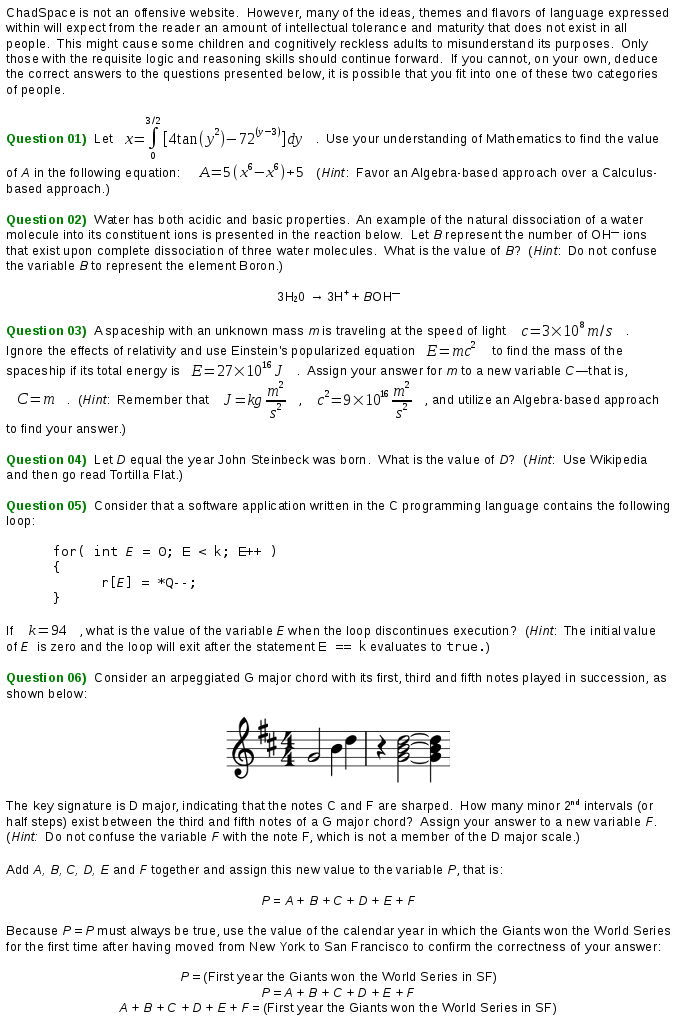Excerpt from the novel Neuromancer ![]()
![]() by William Gibson
by William Gibson ![]()
![]()
“And that’s the last thing you remember?” He watched her scrape the last of the freeze-dried hash from the rectangular steel box cover that was their only plate.
She nodded, her eyes huge in the firelight. “I’m sorry, Case, honest to God. It was just the shit, I guess, an’ it was…” She hunched forward, forearms across her knees, her face twisted for a few seconds with pain or its memory. “I just needed the money. To get home, I guess, or… hell,” she said, “you wouldn’t hardly talk to me.”
“There’s no cigarettes?”
“Goddam, Case, you asked me that ten times today! What’s wrong with you?” She twisted a strand of hair into her mouth and chewed at it.
“But the food was here? It was already here?”
“I told you, man, it was washed up on the damn beach.”
“Okay. Sure. It’s seamless.”
She started to cry again, a dry sobbing. “Well, damn you anyway, Case,” she managed, finally, “I was doin’ just fine her by myself.”
He got up, taking his jacket, and ducked through the doorway, scraping his wrist on rough concrete. There was no moon, no wind, sea sound all around him in the darkness. His jeans were tight and clammy. “Okay,” he said to the night, “I buy it. I guess I buy it. But tomorrow some cigarettes better wash up.” His own laughter startled him. “A case of beer wouldn’t hurt, while you’re at it.” He turned and re-entered the bunker.
She was stirring the embers with a length of silvered wood. “Who was that, Case, up in your coffin in Cheap Hotel? Flash samurai with those silver shades, black leather. Scared me, and after, I figured maybe she was your new girl, ‘cept she looked like more money than you had….” She glanced back at him. “I’m real sorry I stole your RAM.”
“Never mind,” he said. “Doesn’t mean anything. So you just took it over to this guy and had him access it for you?”
“Tony,” she said. “I’d been seein’ him, kinda. He had a habit an’ we… anyway, yeah, I remember him running it by on this monitor, and it was this real amazing graphics stuff, and I remember wonderin’ how you—”
“There wasn’t any graphics in there,” he interrepted.
“Sure was. I just couldn’t figure how you’d have all those pictures of when I was little, Case. How my daddy looked, before he left. Gimme this duck one time, painted wood, and you had a picture of that….”
“Tony see it?”
“I don’t remember. Next thing, I was on the beach, real early, sunrise, those birds all yellin’ so lonely. Scared ’cause I didn’t have a shot on me, nothing’, an’ I knew I’d be gettin’ sick…. An’ I walked an’ walked, ’til it was dark, an’ found this place, an’ next day the food washed in, all tangled in the green sea stuff like leaves of hard jelly.” She slid her stick into the embers and left it there. “Never did get sick,” she said, as embers crawled. “Missed cigarettes more. How ’bout you, Case? You still wired?” Firelight dancing under her cheekbones, remembered flash of Wizard’s Castle and Tank War Europa.
“No,” he said, and then it no longer mattered, what he knew, tasting the salt of her mouth where tears had dried. There was a strength that ran in her, something he’d known in Night City and held there, been held by it, held for a while away from time and death, from the relentless Street that hunted them all. It was a place he’d known before; not everyone could take him there, and somehow he always managed to forget it. Something he’d found and lost so many times. It belonged, he knew—he remembered—as she pulled him down, to the meat, the flesh the cowboys mocked. It was a vast thing, beyond knowing, a sea of information coded in spiral and pheromone, infinite intricacy that only the body, in its strong blind way, could ever read.
The zipper hung, caught, as he opened the French fatigues, the coils of toothed nylon clotted with salt. He broke it, some tiny metal part shooting of against the wall as salt-rotten cloth gave, and then he was in her, effecting the transmission of the old message. Here, even here, in a place he knew for what it was, a coded model of some stranger’s memory, the drive held.
She shuddered against him as the stick caught fire, a leaping flare that threw their locked shadows across the bunker wall.
Later, as they lay together, his hand between her thighs, he remembered her on the beach, the white foam pulling at her ankles, and he remembered what she had said.
“He told you I was coming,” he said.
But she only rolled against him, buttocks against his thighs, and put her hand over his, and muttered something out of dream.


![William Gibson's "Neuromancer" novel art. [Formatted]](http://unwisdom.org/chadspace/wp-content/uploads/william-gibson-000000-formatted.jpg)
![Rush's "Clockwork Angels" album cover. [Formatted]](http://unwisdom.org/chadspace/wp-content/uploads/rush-000003-f500.jpg)
![Thin Lizzy's "Fighting" album cover. [Formatted]](http://unwisdom.org/chadspace/wp-content/uploads/thin-lizzy-000002-f500.jpg)
![Haken's "The Mountain" album art. [Formatted]](http://unwisdom.org/chadspace/wp-content/uploads/haken-000001-f500.jpg)
![Animals as Leaders' "The Joy of Motion" album art. [Formatted]](http://unwisdom.org/chadspace/wp-content/uploads/animals-as-leaders-000000-f500-1.jpg)
![Protest the Hero's "Fortress" album art. [Formatted]](http://unwisdom.org/chadspace/wp-content/uploads/protest-the-hero-000000-f500.jpg)
![Skinny Puppy's "VIVIsectVI" album art. [Formatted]](http://unwisdom.org/chadspace/wp-content/uploads/skinny-puppy-000000-f500.jpg)
![Steven Wilson's "To the Bone" album art. [Formatted]](http://unwisdom.org/chadspace/wp-content/uploads/steven-wilson-000001-f500.jpg)